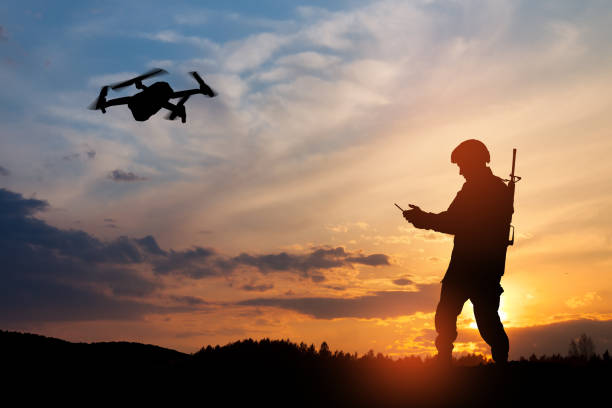Transforming Connectivity: The Advent of Telecommunication Drones
In the heart of the 21st century, technology continues to evolve at an unprecedented pace. One of the most exciting developments in recent years has been the emergence of telecommunication drones. These high-tech devices are reshaping the landscape of connectivity, bringing the promise of more accessible, reliable, and efficient communication networks. In this article, we delve into the world of telecommunication drones, exploring their origins, their impact on the telecom industry, and their potential applications in our interconnected world.

The Genesis of Telecommunication Drones
Telecommunication drones, also known as Unmanned Aerial Vehicles (UAVs) for telecom, first emerged as a breakthrough concept in the early 2000s. Driven by advancements in drone technology and the increasing demand for robust connectivity, tech pioneers saw the potential of these unmanned devices in enhancing telecommunication infrastructure. Early prototypes showcased impressive results, demonstrating the ability of drones to provide temporary network coverage in areas affected by natural disasters or in regions with poor infrastructure.
The Landscape of Today’s Telecom Drones
Today, telecommunication drones have become a reality, with several tech giants investing in their development. These devices are equipped with miniaturized base stations, effectively serving as flying cell towers. They can be deployed quickly and efficiently, providing network coverage in remote areas or during emergency situations. This has garnered the attention of regulatory bodies worldwide, leading to a more accepting stance towards the integration of drones into the telecommunications space.
The Practical Impact of Telecom Drones
Telecommunication drones hold immense potential in addressing some of the most pressing connectivity challenges. They can provide temporary network coverage during disaster recovery operations, ensuring that vital communication lines remain open. In regions with inadequate infrastructure, these drones can fill in the connectivity gaps, providing the local population with access to essential services such as mobile banking and online education. Moreover, telecom drones can also play a vital role in large-scale events, providing additional network capacity to cope with high demand.
The Challenges Ahead
Despite their potential, telecommunication drones face various challenges. Regulatory hurdles, technological limitations, and security concerns are just a few of the issues that need to be addressed. However, with continuous research and development, it is anticipated that these challenges will be overcome, paving the way for a new era of connectivity.
The Future of Telecom Drones
Looking ahead, the future of telecommunication drones appears promising. As technology advances, these devices are expected to become more efficient, reliable, and affordable. They could potentially revolutionize how we think about connectivity, shifting the focus from terrestrial networks to a more dynamic, aerial approach. While it is still early days, there is no denying the potential impact of telecommunication drones on the telecom industry and the broader digital landscape.
In conclusion, the advent of telecommunication drones marks an exciting chapter in the evolution of connectivity. As we continue to push the boundaries of technology, it is clear that the future of telecommunications lies not just in the cables beneath our feet, but also in the skies above.





